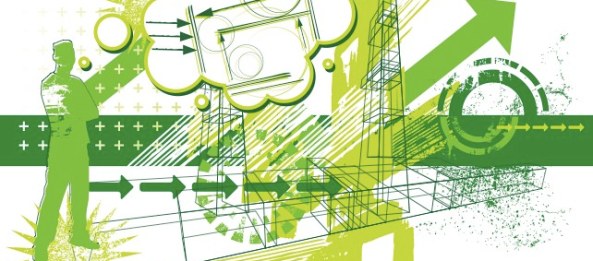Energy-Efficient Homes
Maintaining your house is a big investment, and your energy bills can be among your greatest monthly expenses. Natural Resources Canada’s Office of Energy Efficiency can help you make your home more comfortable and reduce your energy costs.
The existing housing stock in Canada has significant energy-saving potential. Even if you are not applying for a grant in your province or territory, you can obtain an energy evaluation of your home through the EnerGuide Rating System (Existing Homes).
When buying or building a new house, you should consider your energy efficiency options early in the process. You and your builder can use the EnerGuide Rating System to design energy efficiency upgrades during construction. ENERGY STAR® for New Homes promotes new homes that are more energy efficient than those built to minimum building codes. R-2000 homes meet an even higher standard for increased energy efficiency, indoor air quality and environmental responsibility in home construction.





 Read the case study
Read the case study
 Get your project pre-approved before making any changesRETROFIT PROGRAM incentives are based on your estimated energy savings. To verify these savings, we may need to do a site visit to inspect your old equipment. It’s important that you do not remove or demolish any equipment that you want to be part of the project. Even before signing a purchase order, make sure your project is approved.To qualify, all projects must be pre-approved.
Get your project pre-approved before making any changesRETROFIT PROGRAM incentives are based on your estimated energy savings. To verify these savings, we may need to do a site visit to inspect your old equipment. It’s important that you do not remove or demolish any equipment that you want to be part of the project. Even before signing a purchase order, make sure your project is approved.To qualify, all projects must be pre-approved. You will need a number of supporting documents to go with your applicationTo make the process easier, we’ve created a helpful
You will need a number of supporting documents to go with your applicationTo make the process easier, we’ve created a helpful 
















.jpg)